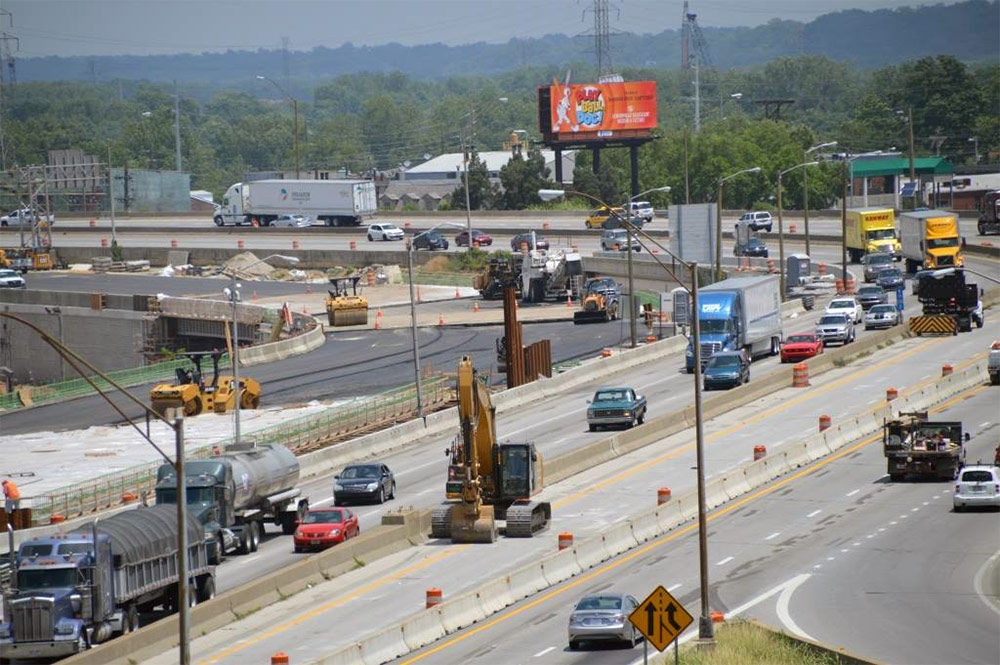
There’s been a lot of talk about peak automobile travel in the United States over the years. Has it happened yet? Is the downturn in Vehicle Miles Traveled (VMT) just a temporary economic blip? Will driving continue to pick up along with the economy?
The Washington Post recently covered new research by Timothy J. Garceau, a Ph.D. candidate in geography at the University of Connecticut, and professors Carol Atkinson-Palombo and Norman Garrick which seems to indicate we’re long past peak VMT. Their report looks at driving habits on the state level, and the evidence looks pretty clear. “The longevity of this phenomenon at the state level,” the researchers told the Post, “provides evidence that peak car travel in the U.S. is a more permanent phenomenon than previously thought.”
According to the Post:
By 2011, the last year for which they gathered data, 48 of 50 states had peaked in miles traveled per capita. The two outliers: Alabama and North Dakota, where an energy boom has made the state a national exception on many fronts.
…
Garceau, Atkinson-Palombo and Garrick also note that car travel has decoupled from economic activity in many parts of the country. For most of the last century, nationwide, personal wealth (in GDP per capita) and car travel (in VMT) have risen in tandem. The relationship between the two has traveled in both directions: Our economy has in part been powered by transportation, by the movement of goods, by farmers hauling their produce to market, by logistics. Meanwhile, the more wealth we’ve had, the more we’ve driven, as families could afford multiples cars, new homes in the outer suburbs, and more family vacations.
…
Over the 2000s, 30 other states in this data no longer appeared to have any significant relationship between VMT and GDP. Why? One potential explanation is that our economy is increasingly powered by sectors, like tech, that rely less on transportation. Or maybe we’re interested in spending our wealth in different ways today.
In Kentucky, data show that we reached peak VMT per capita in 1999 (see chart) and have been slowly trailing off since then. In light of this research, the decision to double the size of the six-lane Interstate 65 through Downtown Louisville seems downright absurd.
Many others have shown that millennials are shifting their spending habits away from cars and into urban lifestyles propelled by smart phones. Nationally, VMT appears to have peaked in 2007, causing many to believe that the downturn was related to the recession. Could this trend be happening in Kentucky? What are your thoughts?



Yep, huge waste of resources. The downtown interchange traffic we have has always been a design problem, not one of capacity.